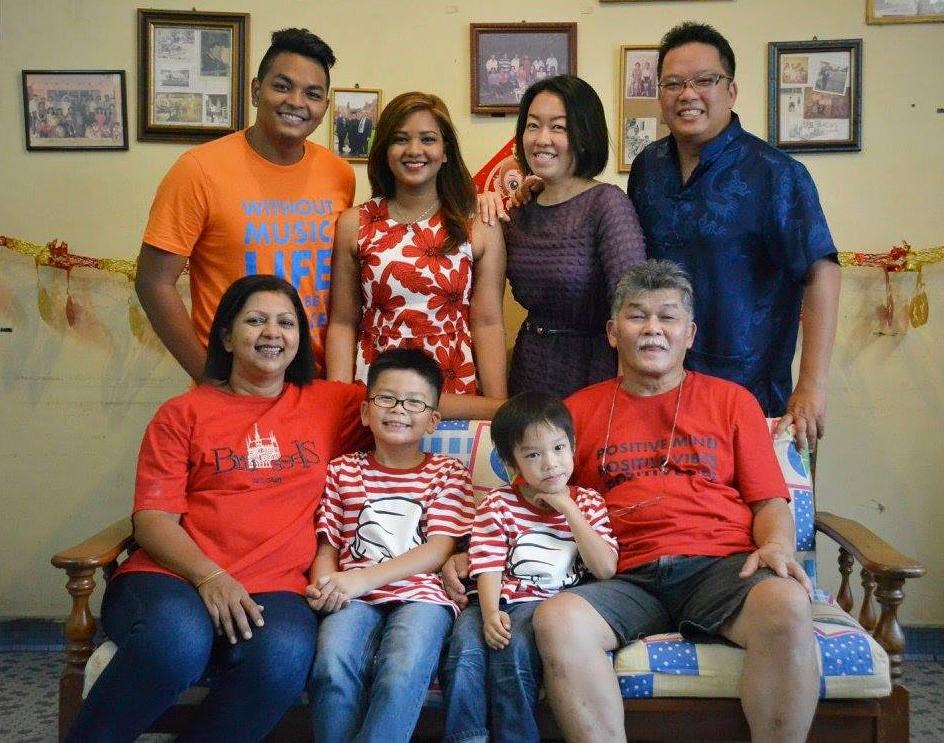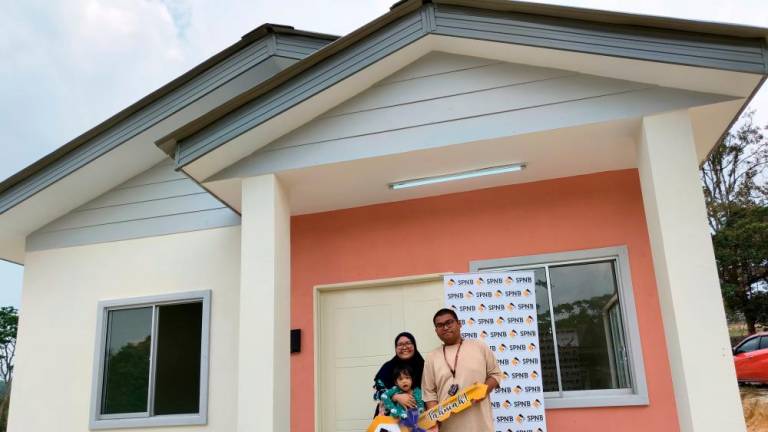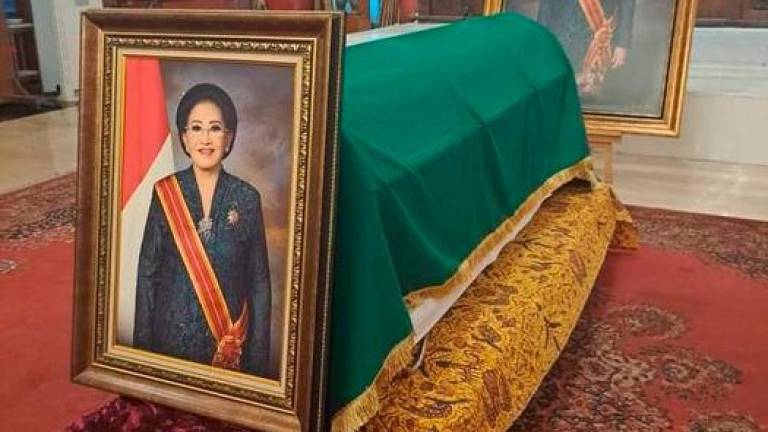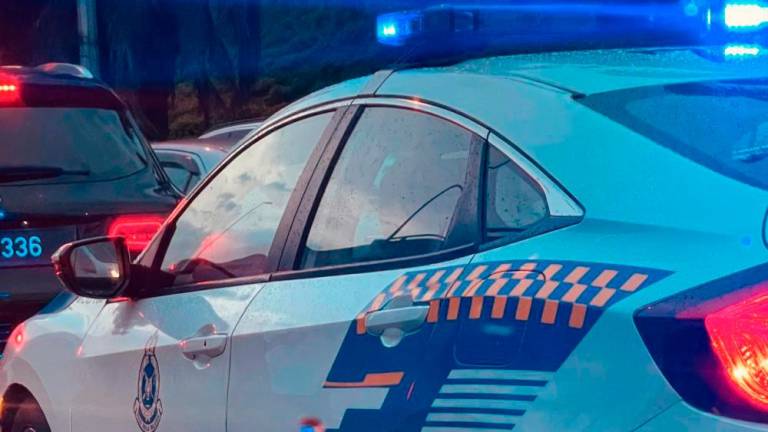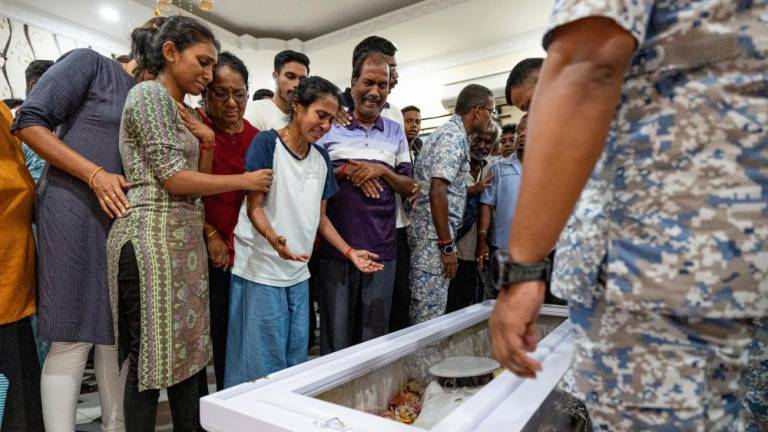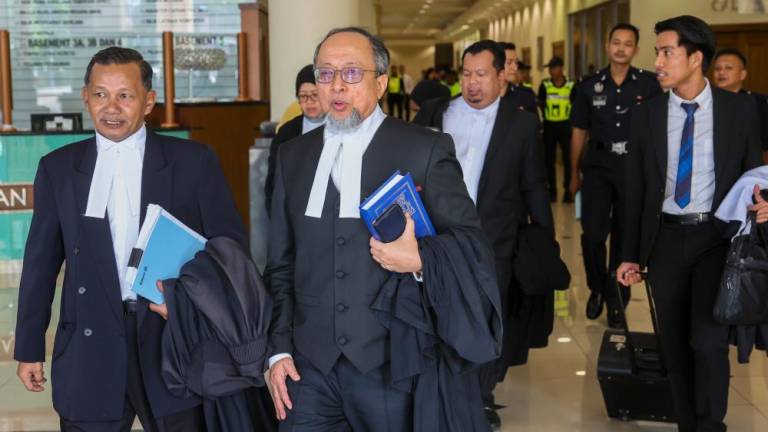PETALING JAYA: Love transcends boundaries, including ethnic lines, leading to many successful inter-racial marriages.
Many mixed-marriage couples will attest to that. For instance, Soon Tat Kong, 71, and his wife Usha Devi Murugaiah, 56, have been happily married for 35 years and have raised three children.
Usha Devi told theSun being in a cross-cultural union comes with many advantages.
“We are exposed to a blend of both cultures,” she said, adding that she and her husband have encouraged their children to live their two diverse cultures and open their minds to the goodness in each of the many differences.
“That way, we can better appreciate what we have.”
Usha Devi said she and Soon have not faced too many disadvantages being in a mixed marriage, attributing it to the fact that Malaysia is itself a multi-cultural society.
“There have been inter-racial marriages in my family as well as my husband’s family even before we got married, so it was seamless for us.”
The number of inter-racial marriages in Malaysia has risen over the years, albeit marginally. According to the Marriage and Divorce Statistics Report released by the Statistics Department in November 2019, a total of 18,509, or 9%, of 206,253 marriages registered in 2018 were inter-racial unions.
In 2017, inter-racial marriages accounted for 8%, or 16,238, of the 203,741 registered.
Another mixed-race couple who have sailed through more than three decades together are Annie Louis, 55, who is Chinese, and Charles James, 58, who is Indian.
They also have three children.
Annie said when they were courting, both families were very supportive. They did not see any problems with them marrying someone who was not from their own racial group. She said it helped that they were of the same faith.
However, that is not always the case. More often than not, it is the children who face the brunt of bigotry.
One such individual is Sean Michael Steven, who is of Chinese and Indian parentage.
“Being a ‘Chindian’, I struggled to fit in when I was growing up,” he said.
He recounted that during the fasting month, he was not allowed to buy food at the school canteen because he looked Malay.
“When I tried to explain that I was ‘Chindian’, the canteen Mak Cik admonished me for allegedly making up a fake racial group. That left me flabbergasted.”
Steven said he also had trouble filling out administrative forms, given that they also require information on one’s racial origin.
“Usually, there are only four options: Malay, Chinese, Indian and Others.
“Being classified as ‘Others’ makes me feel that I don’t belong here, that I’m simply an afterthought,” he added.
Nonetheless, he is proud to represent a minority.
“Hopefully, I can push the government to officially recognise ‘Chindian’ as a separate and specific racial group,” he quipped.
Venessa Sharmin James, who is also of Indian-Chinese parentage, said she is constantly mistaken for a Malay or native of Sarawak or Sabah, and even a Filipino.
“But I do love the fact that I get to savour Indian and Chinese food regularly at home, given that both my parents are great cooks,”
she said.
In Sarawak, Brennen Aba Randi, whose parents are Iban and Bidayuh, said his grandmothers from both communities told him that mixed marriages were frowned upon in their day.
“People were afraid that the woman, who usually had to move in with her husband’s family, would lose her ‘adat’, or custom,” he said.
Brennen added that his Iban friends could tell that he was not completely one of them whenever he speaks.
“They would ask me if I was a genuine Iban, probably because my accent is a little different,” he said, adding that apart from that bemusing bit, he has not had any trouble.



